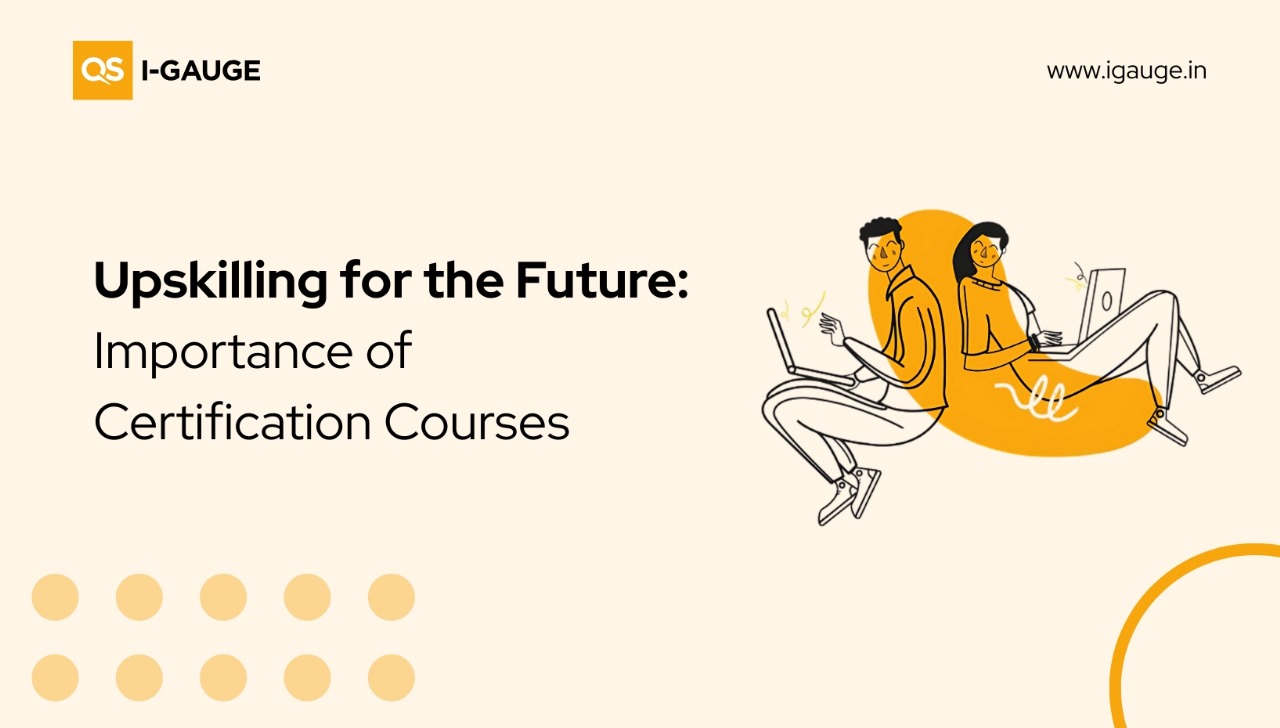
The digital age has transformed how we live, learn, and connect, but it also brings new threats. With the widespread use of the internet, cybercriminals can exploit vulnerabilities, leading to risks like data breaches, identity theft, and online scams.
Students, often active on social media and less aware of cyber risks, are particularly at risk. Their lack of experience can make them vulnerable to phishing scams, identity theft, malware and ransomware attacks, online predation, exposure to inappropriate content, privacy concerns, and cyberbullying. As per Infosecurity Magazine’s report, about 29% of attacks on educational institutions targeted vulnerabilities, 30% focused on phishing campaigns targeting K-12 schools. 1
Research shows that one in nine children and adolescents have encountered unwanted interactions or solicitations from predatory individuals or offenders. 2
A survey indicates 1 in 50 students experience unauthorised access attempt to their accounts. 3
It is seen that the number of students reporting cyberbullying has increased by 55% since 2015. 4
According to the America’s Cyber Defense Agency (Critical Infrastructure Security and Resilience), adversaries target K-12 education system primarily because of the vast amounts of valuable and sensitive personal information about the students and staff, and access to the institution’s financial data. 5
Ways to improve digital safety for students
1. Integrating digital literacy into the curriculum –
A. Schools can enhance digital education by focusing on cybersecurity within their curriculum. Key components include teaching safe online practices, such as secure browsing, strong password creation, and recognising phishing attempts.
B. Hands-on activities can simulate real-world scenarios to help students protect personal information and understand digital footprints. Educators should emphasise ethical online behavior, raise awareness about cyberbullying, and promote data privacy.
C. Consistently updating software, applications, and operating systems is crucial for safeguarding against vulnerabilities. Developers routinely issue updates to fix security weaknesses that cybercriminals might take advantage of. Students should be prompted to activate automatic updates whenever they can and periodically verify the updates on their devices.
D. Consistent monitoring of online accounts for any unusual activity is crucial for students. They should be educated to regularly review their bank accounts, social media profiles, and email for any signs of unauthorised access. If they notice suspicious activity, it’s important to quickly change their passwords and inform the relevant service providers.
E. Comprehensive digital literacy curricula covering privacy, online etiquette, and the consequences of digital actions are essential. This approach empowers students to balance freedom with the responsibility of online safety.
2. Open communication and trust –
Creating a comfortable environment for students to discuss online experiences is essential. Schools should implement transparent monitoring policies and encourage dialogue about online challenges to address concerns and promote safety. Key strategies include:
- Establishing accessible reporting channels
- Ensuring confidentiality for students
- Providing clear reporting guidelines
- Offering immediate access to counselling and support resources.
3. Engaging parents in driving digital safety initiatives -
Schools and parents can work together on cybersecurity by sharing knowledge, setting consistent online safety rules, and educating students on secure digital practices. Schools can offer workshops and resources that inform parents about online risks and safe digital habits, while parents reinforce these guidelines at home. This collaboration ensures a unified approach to digital safety, creating a supportive environment both at school and at home. By aligning efforts, schools and parents empower students to navigate the online world responsibly and securely.
4. Other measures by the educational institutions –
A. Schools and colleges utilise a range of technologies to improve student learning. Therefore, it's crucial to thoroughly evaluate and oversee third-party vendors that access student data, ensuring they adhere to security standards.
B. It is crucial for institutions to create a thorough disaster recovery plan. This plan will allow the school/college to swiftly recover data and ensure continuity in the event of a cyber-attack.
C. With numerous end users, controlling access to school systems and data is essential. This can be managed by implementing strong authentication methods, including multi-factor authentication. Regularly reviewing and updating access privileges, as well as deactivating unused accounts, further strengthens system security.
The Digital Personal Data Protection Act (DPDPA) that was officially passed in India in 2023 is a legislation that provides a comprehensive framework for data protection. Educational institutions are significantly impacted by the DPDPA as they handle vast amounts of personal data related to students, faculty, and staff. It is hence crucial to manage the intricacies of digital data by adhering to these privacy regulations.
Summary
In today’s digital age, cybersecurity measures are crucial for protecting students as they engage with technology for learning and personal use. Prioritising cybersecurity is not only about protecting data; it’s about safeguarding students' futures in an increasingly connected world.
Disclaimer
The blog is curated by referring to various credible sources and does not necessarily reflect the opinions or positions of QS I-GAUGE. The information provided is for general informational purposes only, readers are advised to conduct their own research and seek professional advice before making any decisions.
References
1https://www.infosecurity-magazine.com/news/exploitation-29-education-sector/
2https://www.jpedhc.org/article/S0891-5245(20)30152-8/fulltext
3https://www.clever.com/blog/2024/07/it-admins-guide-to-student-digital-safety
4https://explodingtopics.com/blog/cyberbullying-stats
5https://www.cisa.gov/K12Cybersecurity
Read more
https://www.euroschoolindia.com/blogs/importance-cyber-hygiene-students/




